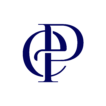Welcome to EncorePower where you get Creative Solutions for One Monthly Fee!
Hi! I’m Susan Daniels, a creative Editorial and Presentation graphic design professional.
Welcome to EncorePower, where brilliant design and your ideas converge to create magic! My One Design at a Time Subscription Model is based on a rate of $60 per hour.
I use the Toggl timer for expert hourly tracking. To ensure the highest quality of service, I limit the number of clients I accept. Secure your membership now before all available spaces are filled.
Dive deeper for all the details—keep scrolling down! 👇
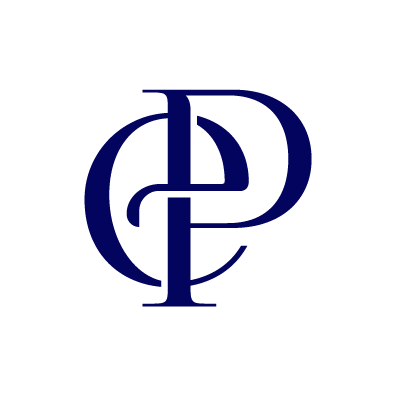

Do You Struggle with Project Flexibility?
Experience a truly collaborative experience with a dedicated partner who works to bring your vision to life. My service allows you to focus on running your business while managing your budget, thanks to my straightforward monthly fees.
By paying a flat monthly fee, clients can better manage their budgets without worrying about fluctuating costs associated with project-based pricing.
This is also an attractive option for small businesses or individuals who have ongoing but limited design needs.

What's In it for YOU?
Flexibility and Adaptability
The Encore Power service allows clients to adapt to their design needs on a monthly basis. Whether they need a presentation one month or an editorial layout the next, the flexible arrangement can accommodate various project types as their needs change.
Continuous Collaboration
The ongoing nature of a monthly subscription allows for continuous collaboration and feedback between the freelancer and the client. This ongoing relationship improves client satisfaction, as it provides the opportunity for ongoing adjustments and refinements that align closely with the client’s evolving vision or business goals.
Cost Effectiveness
By paying a flat monthly fee, clients can better manage their budgets without worrying about fluctuating costs associated with project-based pricing. This predictable expense makes it easier for clients to plan their finances, making this service an attractive option for small businesses or individuals who might have ongoing but limited design needs.
Ongoing Access to Professional Expertise
Clients gain continuous access to professional design expertise without needing to hire a full-time designer. This benefit is particularly valuable for small businesses or individuals who need quality design support regularly but may not have the resources to hire long-term staff.
Builds Strong Client/Freelancer Relationships
A subscription model facilitates a long-term relationship between clients and freelancers, fostering trust and understanding of their brand and preferences. This results in designs that are more consistent and aligned with the client’s brand identity, enhancing their overall branding efforts.

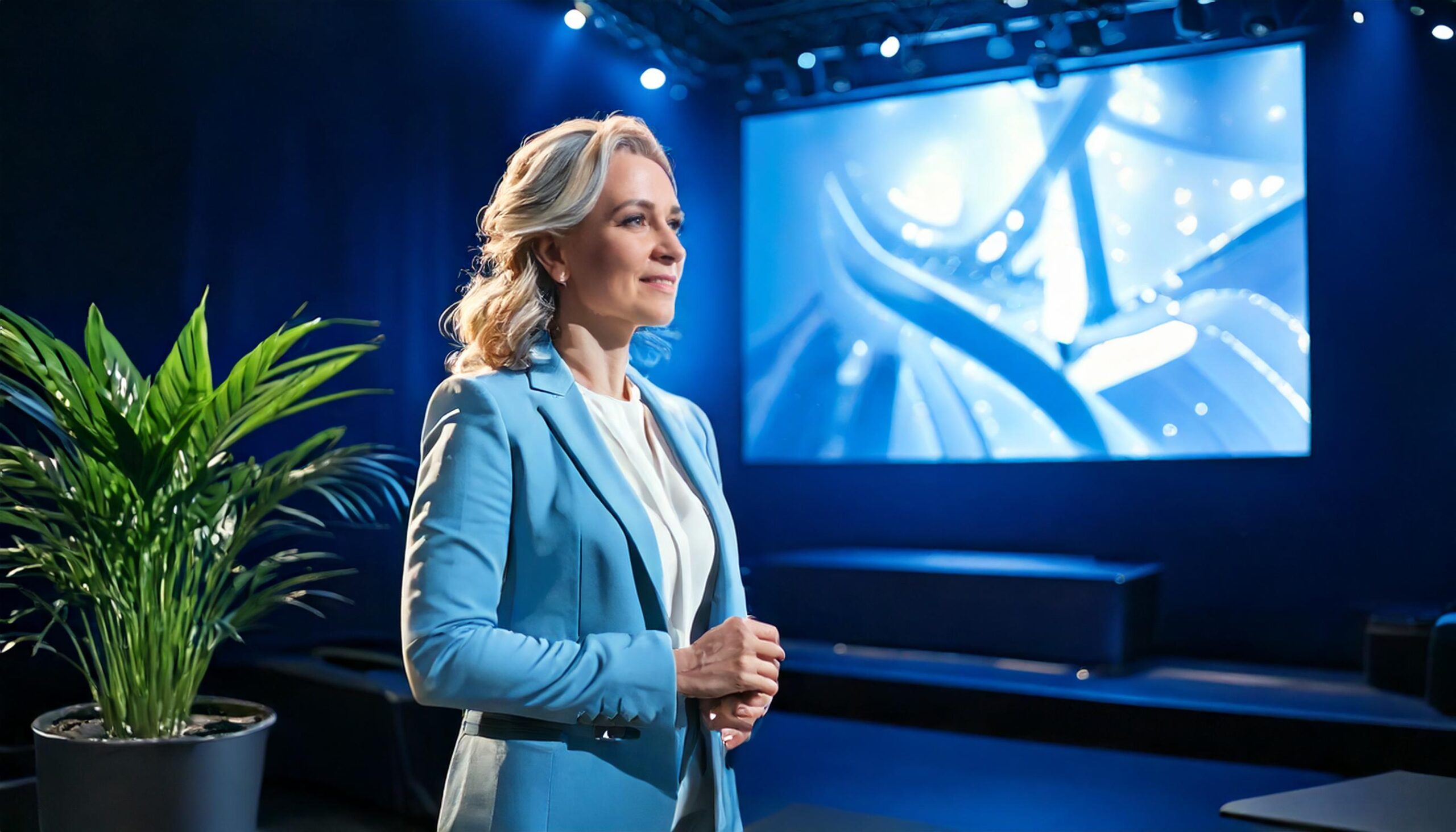
Discover the Process!
Your Free Zoom Consultation
We will discuss your project needs and determine which monthly fee level fits your business goals.
During our Zoom meeting, be prepared to provide this information:
- Information about your business and expected project(s).
- Bring examples of styles and designs that you love.
- A complete outline of your expected content if you want me to write it and design the content into your slides, or your current content if you only require design with no additional content writing.
- Send via email and bring for screen share all your current assets to the meeting that may include your website, branding guideline, logo, color scheme, company photos, etc.
- The expected due date for your project.
Keep in mind that this solution is not designed for rush work because my focus is on delivering thorough, high-quality results. By prioritizing thoughtful planning and execution, together, we ensure that each project receives the attention and expertise it deserves. Rushed work often compromises the quality of design, which is why I emphasize a pace that allows for excellent end products for all my clients.
Monthly Membership Subscription
After a successful Zoom meeting, you will receive a PayPal invoice for your first month of membership at the level that is agreed upon during our Zoom meeting. You will then receive a monthly invoice until you contact me to cancel your membership. There are no refunds once a monthly fee is paid.
My One Design at a Time Subscription Model is based on a rate of $60 per hour. I use the Toggl timer for expert hourly tracking.
When a client goes over their monthly limit, I use the Toggl timer to track any additional hours at the same rate of $60 per hour.
Why? Unforeseen challenges, or additional requests, may require more intensive focus than we initially anticipated. By accurately tracking the time, I transparently account for these additional efforts.
This gives you the easy option to receive high-quality service that adapts to your evolving needs–even as projects are progressing.
Timelines for Projects
Timelines for projects are estimates that assume all conditions are ideal. Those ideal conditions include:
- An initial project consultation Zoom meeting where all graphic assets are supplied to me by the client, such as Logos, Websites, Color Schemes, etc.
- The same initial consultation Zoom meeting where the client can demonstrate or thoroughly describe their desired type or style of presentation. Examples from the client are best!
- Thorough response by the client to design drafts submitted by me for their review and feedback.
When ideal conditions are not met by the client, the project will take longer to complete.
Our Design Process
When I send you the Design Drafts, it’s up to you to provide timely feedback to request revisions. You may submit them in an outlined document, with each item referring to the slide/page. We can discuss other methods for feedback as well.
Phase One – Zoom Meeting
During our Zoom meeting, kindly be prepared to talk about:
- Your expectations and specifications about your project. Also, if you are able, bring examples of styles and designs that you love.
- A complete outline of your expected content if you want me to write it and design it, or your current content if you only need design.
- Bring all your current assets to the meeting that may include your branding guideline, logo, color scheme, company photos, etc.
- The timeline or due date for your project.
Phase Two – Design Draft
- I go to work on the Design Draft of the first few slides. For example, if your presentation is 20-slides, I design 6 – 7 slides to present to you as a Design Draft.
- I will present this to the client for review and feedback that sets the tone for the rest of the presentation.
- In your review, you pay close attention to fonts, color schemes, images, etc.
- This is highly important, because making these changes at the end rather than the beginning will add more hours to the project.
Phase Three – Full Design
When the “design draft” meets your expectations, I turn to the design of the entire presentation. We will then go through the review and feedback until your expectations are met.
This collaborative approach ensures that your design is perfected to your satisfaction. Once completed, you’re ready to submit your next project request, seamlessly continuing the cycle of tailored, high-quality design support.
Email and Cloud Storage
There’s no new messaging software to learn, no new website system to learn. I strive to make this process as easy as possible for my clients. To best serve my clients, my only requirement is that we use Zoom for conferencing which is integrated with my calendar.
I will contact you via email to receive your draft documents attached to an email. I will send the design drafts to you for review also attached to email.
I can also accommodate OneDrive, Google Cloud, iCloud, Box, and Drop Box. If there’s another cloud storage service that you prefer, we can discuss using it for your projects.
Bring Creative Innovation to Your Business
One Design at a Time Subscriptions are at rate of $60 per hour. I use the Toggl timer for expert hourly tracking. Secure your membership now before all available spaces are filled.
Starter Spark
10 Hours Per Month
- PowerPoint Design
- Animations & Transitions
- Infographics
- Charts & Graphs
- Original Files
- MP4 Video File
- PDF File
Premium Vision
20 Hours Per Month
- Presentation Design
- Animations & Transitions
- Infographics
- Charts & Graphs
- Template with Slide Masters
- Original Files
- MP4 File
- PDF File
Creative Edge
15 Hours Per Month
- Presentation Design
- Animations & Transitions
- Infographics
- Charts & Graphs
- Original Files
- MP4 Video File
- PDF File
Design Showcase
Love Notes
★ ★ ★ ★ ★





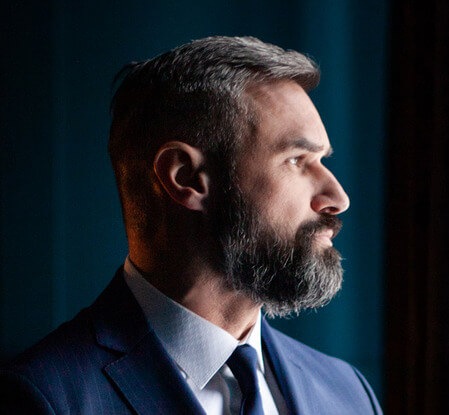



Commonly Asked Questions
What are the best practices or tips that you follow or recommend for creating engaging and impactful presentations?
- Adopt an audience-centric approach: Understanding the demographics, interests, and pain points of the audience enables the tailoring of content and visuals to resonate effectively.
- Prioritize clear communication of the key message: The slides should serve as a visual aid to support and reinforce the presenter’s talking points, not simply list all the information. Careful curation of content, with a focus on the most essential and compelling elements, helps maintain audience attention and understanding.
- Leverage visual storytelling techniques: Incorporate high-quality, thoughtfully selected imagery that aligns with and enhances the narrative. Use design elements like icons, illustrations, and data visualizations to transform complex information into digestible, visually striking formats.
- Ensure consistent branding and aesthetic cohesion: A polished, visually unified presentation conveys professionalism and helps the audience stay oriented. Thoughtful use of color palettes, typography, and layout creates a memorable brand identity.
- Incorporate interactivity and multimedia: Strategically placing interactive elements like polls, animations, or video clips can help break up the presentation and foster audience engagement. However, these should serve a clear purpose and not distract from the core content.
What are some challenges that you’ve faced in your presentation design projects? How did you resolve them?
First, I maintain open communication throughout the design phase to promptly address any concerns or adjustments, ultimately streamlining the revision process.
- Content Alignment and Visual Representation: An ongoing challenge I’ve encountered is effectively aligning the content provided by clients with visually compelling and coherent design elements. To tackle this, I have implemented a structured content review process, working closely with clients to refine and optimize the material for impactful visual representation. This collaborative approach has proven successful in ensuring that the design effectively complements the content.
- Tight Timelines and Iterative Refinement: Meeting tight project timelines while accommodating iterative refinement requests has been a recurring challenge in presentation design projects. To overcome this, I have refined my project management approach, incorporating shorter sprint cycles to facilitate iterative design enhancements. Additionally, I prioritize early feedback sessions to address any potential revisions promptly, ensuring a smoother workflow and timely project delivery.
How Do You Incorporate Feedback Into Your Work?
Incorporating feedback and edits is an important part of my process to ensure I deliver high-quality work that meets the client’s needs. I approach feedback and edits with an open and collaborative mindset, viewing them as opportunities to improve and refine my work rather than as criticism.
When I receive feedback, I carefully review and analyze it to fully understand the client’s perspective and requirements. I ask clarifying questions if anything is unclear, so I can address the feedback effectively. I then prioritize the feedback based on its importance and impact on the overall project.
Next, I incorporate the relevant feedback and edits into my work. This may involve making revisions to the design, content, structure, or any other aspect of the deliverable. I am meticulous in my approach, ensuring that each edit is thoughtfully implemented and aligned with the client’s vision.
Throughout this process, I maintain clear and transparent communication with the client. I provide updates on the progress of the revisions and seek additional feedback if needed. This collaborative approach allows me to address any concerns or new requirements that arise, resulting in a final product that exceeds the client’s expectations.
Importantly, I also use the feedback as a learning opportunity to improve my skills and processes for future projects. I reflect on the client’s comments and identify areas where I can enhance my work or streamline my workflow. This continuous improvement mindset helps me deliver consistently high-quality results.
In summary, I embrace feedback and edits as an integral part of my work, using them to refine my deliverables and enhance my capabilities as a professional. By maintaining open communication, prioritizing the feedback, and continuously learning, I ensure that the final work product is a true reflection of the client’s vision.
What is your typical design process?
When I send you the Design Drafts, it’s up to you to provide timely feedback to request revisions. You may submit them in an outlined document with each item referring to the slide/page. We can discuss other methods for feedback as well.
Phase One – Zoom Meeting
We meet over Zoom to go over the details of your project and if we both determine that we are a good fit, I will send your monthly invoice for your membership subscription.
Via email you will supply me with your logo, branding guides, and other graphic assets for your project.
Phase Two – Design Draft
Next, I go to work on the “design draft” of the first few slides. For example, if your presentation is 20-slides, I design 6 – 7 slides to present to you as a “design draft”. There is a review and feedback process that sets the tone for the rest of the presentation. In your review, you pay close attention to fonts, color schemes, images, etc. This saves everyone time because making these changes at the end rather than the beginning adds more hours to the project.
Phase Three – Full Design
When the “design draft” meets your expectations, I turn to the design of the entire presentation. We will then go through the review and feedback until your expectations are met.
This collaborative approach ensures that your design is perfected to your satisfaction. Once completed, you’re ready to submit your next project request, seamlessly continuing the cycle of tailored, high-quality design support.
How do you ensure that the design aligns with the client’s brand identity?
- Research and Understanding: Before starting any design project, I take the time to fully understand the client’s brand identity and message. This involves researching their company, industry, competitors, and target audience. I also ask for any existing brand guidelines, logos, or other materials that could help me align my designs with their brand.
- Collaboration and Feedback: I believe in maintaining open lines of communication with my clients throughout the design process. I regularly present my work and ideas to them and actively seek their feedback. This process ensures that the final design not only aligns with their brand identity but also meets their expectations.
- Adaptability and Flexibility: Every brand is unique, and so every presentation should be too. I don’t use a one-size-fits-all approach. Instead, I adapt my design style to match the client’s brand identity. Whether it’s a minimalist, modern, traditional, or playful style, I can adjust my designs to convey the right message.
How do you handle deadlines and revisions?
- Communication: Communicating clearly and frequently with my clients is my first step. I always ask for their expectations, preferences, and feedback throughout the project. I also use project management tools to track my progress and keep them updated. If there are any changes or delays, I inform them as soon as possible and offer solutions.
- Planning: Planning and prioritizing my tasks helps me handle deadlines and revisions. I break down the project into manageable milestones and set realistic deadlines for each one. I also allocate some buffer time for revisions and contingencies. I review my work carefully before submitting it and make sure it meets the client’s requirements and standards.
- Adaptable and Creative: Meeting deadlines and revisions requires me to be adaptable and creative. I understand that sometimes the client’s needs or vision may change during the project. I welcome their feedback and suggestions and use them to improve my work. I also try to anticipate any potential issues or challenges and prepare alternative options or solutions.
How do you balance creativity and clarity in your presentation design?
Balancing creativity and clarity is essential in effective presentation design. I strive to create visually engaging designs that captivate the audience, while ensuring the content and messaging remain clear and easy to follow. This involves strategic use of design elements like imagery, typography, layout, and animations to enhance the narrative, rather than distract from it.
I carefully consider the audience’s needs and preferences, tailoring the visual style to support the key information and talking points. This may entail using clean, minimalist layouts to highlight important data or opting for more illustrative, storytelling-driven designs to convey complex concepts. Ultimately, my goal is to strike the right balance between creative flair and intuitive clarity, resulting in impactful presentations that effectively communicate the intended message.
How do you avoid clutter and confusion in your slides?
My approach is to maintain a clean, uncluttered layout that allows the key content to shine. This often involves using plenty of white space, design enhanced lists, and strategically placed visuals that complement rather than overwhelm the information.
I’m disciplined about limiting the number of elements on each slide, ensuring that every component serves a clear purpose in conveying the message. Complex data or concepts are broken down into digestible chunks, with thoughtful use of typography, color, and iconography to guide the audience’s focus.
By prioritizing simplicity and clarity, I create slides that are visually appealing and easy for the audience to follow, allowing them to remain engaged and attentive throughout the presentation. The goal is to design slides that enhance the narrative, not distract from it.
How do you work on a cross-functional team?
- Collaboration and Communication: When working on a cross-functional team, I make it a priority to actively collaborate with team members from different departments and backgrounds. I establish clear lines of communication, regularly check in to align on goals and progress, and proactively share information to ensure everyone is on the same page.
- Adaptability and Flexibility: Since cross-functional teams often involve diverse perspectives and working styles, I demonstrate a high degree of adaptability. I’m willing to adjust my approach as needed to effectively work with team members, accommodate different needs, and find solutions that satisfy the broader project objectives.
- Problem-Solving and Conflict Resolution: Inevitably, cross-functional collaboration can lead to some tensions or disagreements. In these situations, I focus on identifying the root issues, actively listening to all viewpoints, and facilitating constructive discussions to reach mutually agreeable resolutions. I aim to find creative compromises that address the various stakeholder concerns.
- Knowledge Sharing and Learning: Working across functions provides opportunities to expand my own knowledge and expertise. I approach these experiences with curiosity, actively seeking to understand the unique roles, responsibilities, and domain knowledge of my teammates. This allows me to learn new skills, gain valuable insights, and apply cross-functional thinking to develop more holistic solutions.
- Goal Alignment and Accountability: When contributing to a cross-functional initiative, I ensure that I clearly understand the overarching project goals and my individual role in supporting them. I take ownership of my tasks and commitments, and hold myself accountable for delivering high-quality work that aligns with the broader team objectives.
WordPress Website Hosting
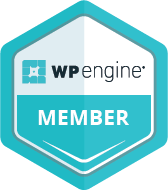
Serving you remotely from Indianapolis, Indiana – East Coast Time USA
Copyright © 2023 Beautiful Souls Life Powered by WPEngine, the Astra Pro WordPress Theme, and the Elementor Pro Page Builder. Design by Susan Daniels, Elegant Content Guru.
